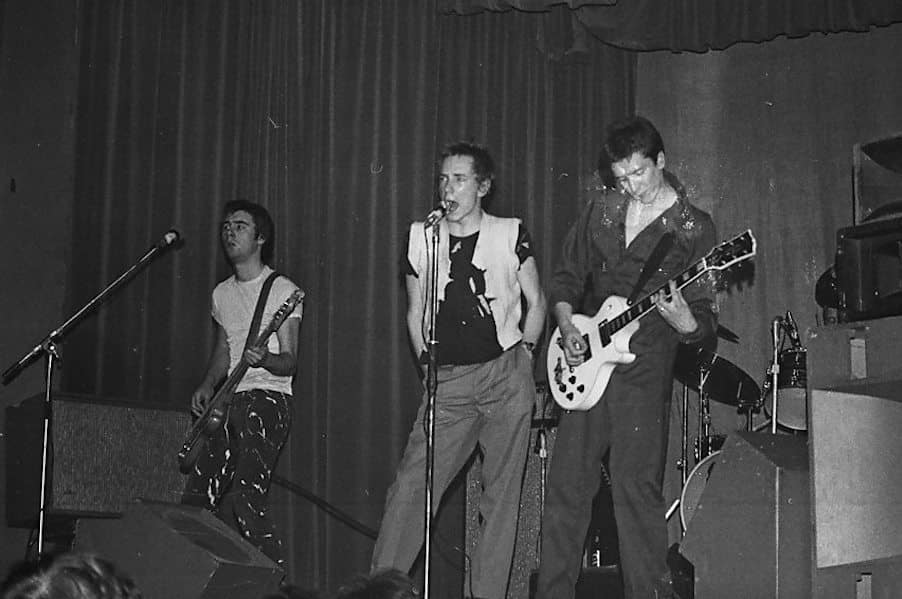Manchester’s big two lead the way in Premier League stadium expansion race
- Written by Ray King
- Last updated 8 years ago
- City of Manchester, Man City, Man Utd

Anything you can build we can build bigger.
Manchester City are to press ahead, probably this summer, with plans to expand the Etihad Stadium to accommodate 61,000 spectators and become the second biggest club ground in the country behind Manchester United.
Not to be outdone, their crosstown Red rivals are reported to be considering the possibility – urged on by the Manchester United Supporters Trust (MUST) – of increasing the capacity of Old Trafford to a staggering 88,000 – and perhaps even more.
The proposed multi-million pound developments in Manchester are set to eclipse the capacities of the much trumpeted new homes for arch London adversaries Tottenham Hotspur and Chelsea.
Spurs staged their last home game at White Hart Lane last week and will play at Wembley next season pending the opening of their new ground in 2018. In a significant case of oneupmanship, it is designed to hold 61,000 fans – 1,000 more than their north London neighbours Arsenal can accommodate at the Emirates Stadium. When Chelsea open their new Stamford Bridge home in 2021, the capacity will be 60,000.

As football becomes ever richer, clubs have been leapfrogging each other to build prestigious new homes, none more so than United’s Old Trafford which has undergone many expansions since it re-opened in 1949 after being partly destroyed by bombs in a German air raid during World War II.
Implementation of the Taylor Report requiring stadiums to become all-seater following the Hillsborough disaster in 1989 reduced capacity from 60,000 to just 44,000, but the Reds’ resurgence in the Premier League years saw expansion to accommodate 55,000 by 1996, then 61,000 in 2000 and finally to its current 76,000. Earlier this year it emerged that United wanted to increase capacity of the Theatre of Dreams to 88,000 – second in Europe only to Barcelona’s Nou Camp.
The dramatic move has become possible because advances in technology mean that expansion would not require the construction of a costly railway tunnel beneath the South (Sir Bobby Charlton) Stand or the demolition of homes. It will be a remarkable feat since the massive development of the ground will have taken place on the same site where United met Liverpool in the inaugural match in February 1910.
By contrast, Manchester City moved away from Maine Road, Moss Side, their home since 1923, in 2003 into the then City of Manchester Stadium in Eastlands, built to host the Commonwealth Games the year before. When the athletes moved out, the cranes moved in and, by removing the running track to add another tier, increased capacity from 38,000 to 48,000.
In 2015, by which time the ground had become the Etihad Stadium and the club, with the riches from Abu Dhabi, had joined the Premier League elite, a £60 million project added a third tier to the south stand, upping total capacity to 55,000. The next phase – on the back of 98 per cent spectator capacity for most matches and the sale of 41,000 season tickets – will see a “mirror” expansion of the north stand to hold an overall 61,000.
In the long term, City are said to have plans to extend the east and west stands to take capacity beyond 76,000. Any more bids?
- This article was last updated 8 years ago.
- It was first published on 20 May 2017 and is subject to be updated from time to time. Please refresh or return to see the latest version.
Did we miss something? Let us know: [email protected]
Want to be the first to receive all the latest news stories, what’s on and events from the heart of Manchester? Sign up here.
Manchester is a successful city, but many people suffer. I Love Manchester helps raise awareness and funds to help improve the lives and prospects of people across Greater Manchester – and we can’t do it without your help. So please support us with what you can so we can continue to spread the love. Thank you in advance!
An email you’ll love. Subscribe to our newsletter to get the latest news stories delivered direct to your inbox.
Got a story worth sharing?
What’s the story? We are all ears when it comes to positive news and inspiring stories. You can send story ideas to [email protected]
While we can’t guarantee to publish everything, we will always consider any enquiry or idea that promotes:
- Independent new openings
- Human interest
- Not-for-profit organisations
- Community Interest Companies (CiCs) and projects
- Charities and charitable initiatives
- Affordability and offers saving people over 20%
For anything else, don’t hesitate to get in touch with us about advertorials (from £350+VAT) and advertising opportunities: [email protected]

The Social Studio offers fun and friendship for all at Emmaus Mossley

Play ‘This Kind of Black’ returns to tell a vital Moss Side story




















